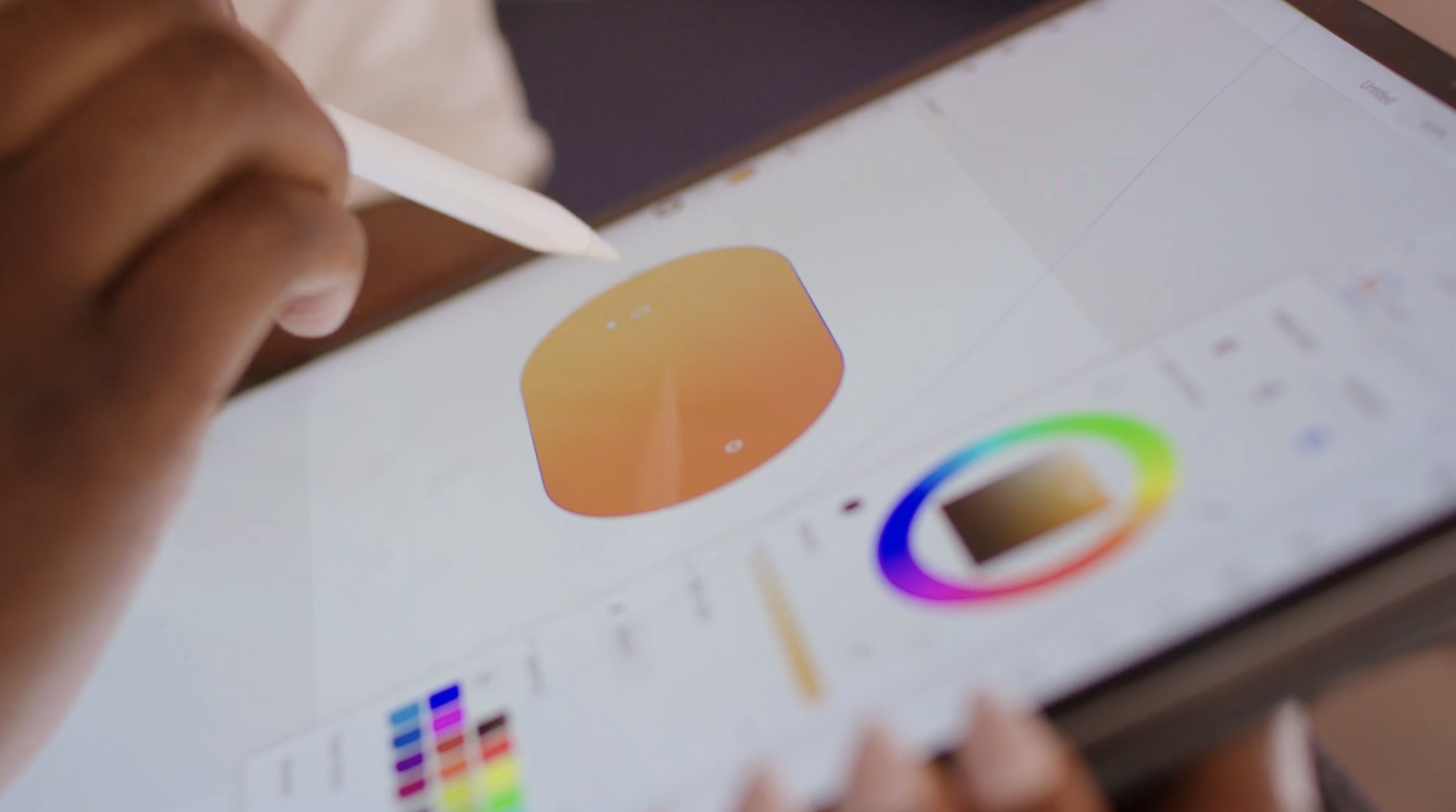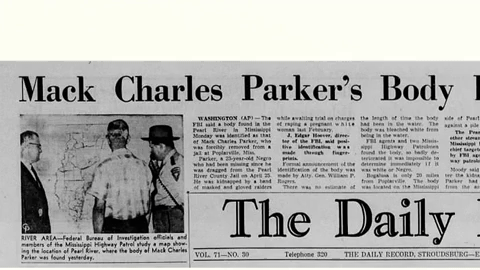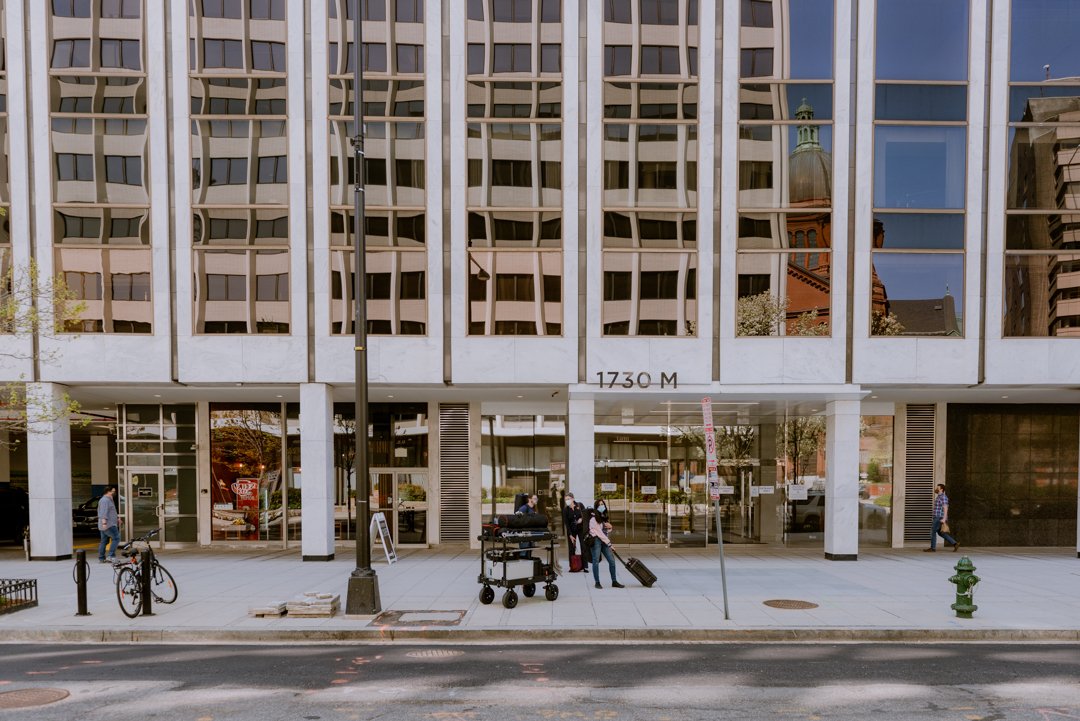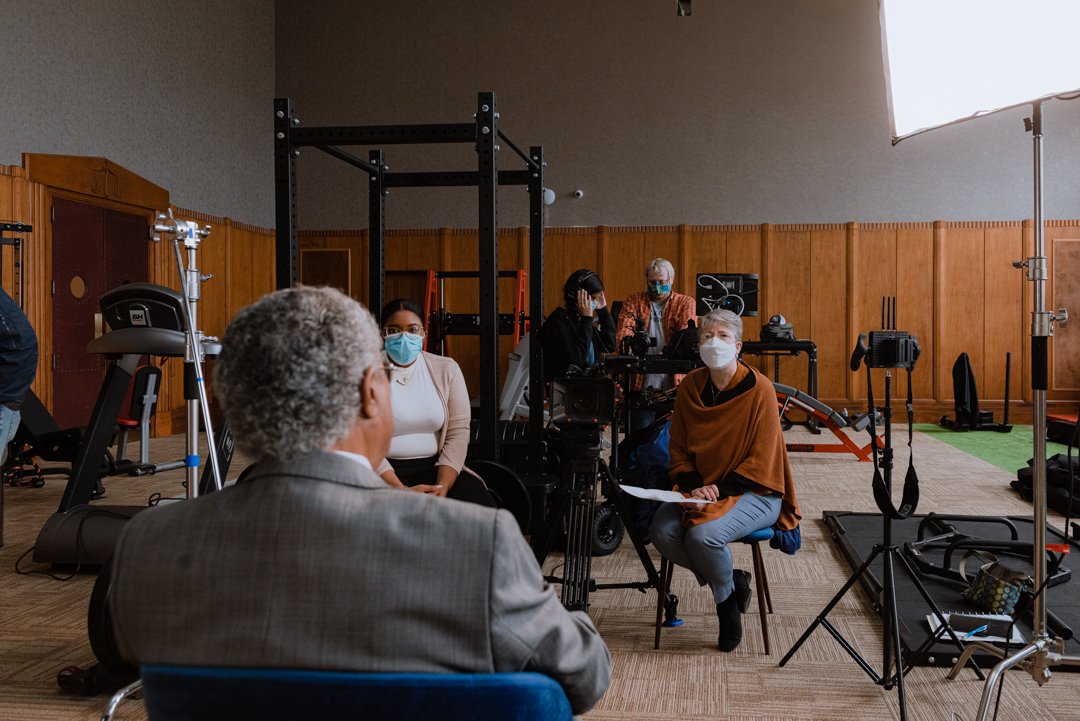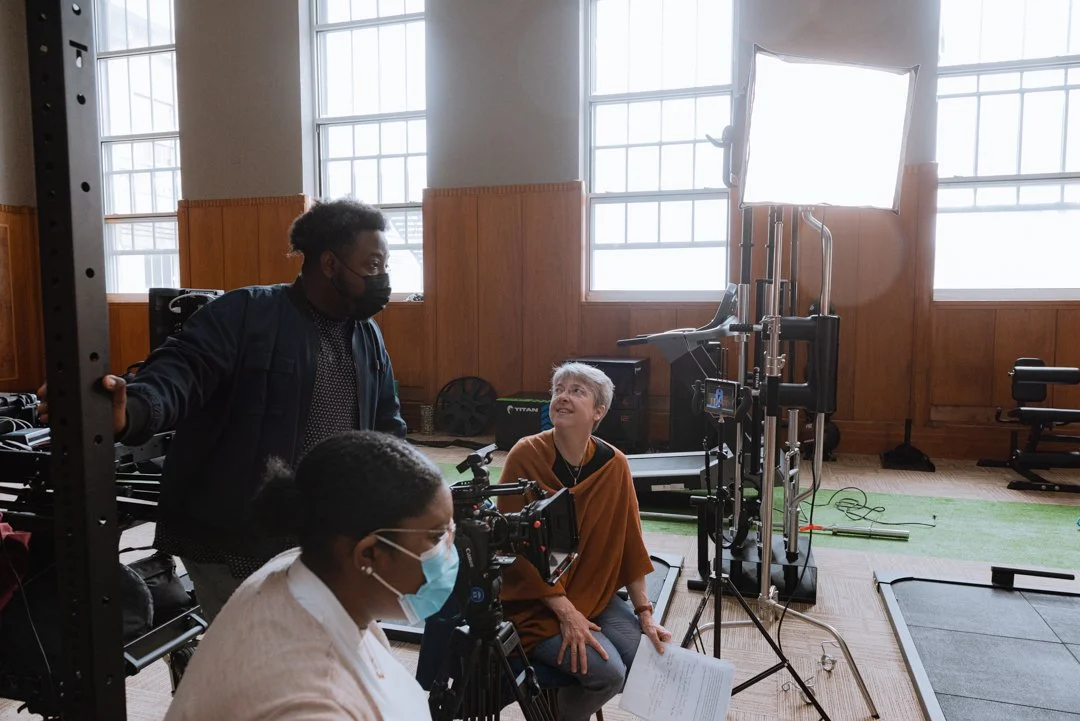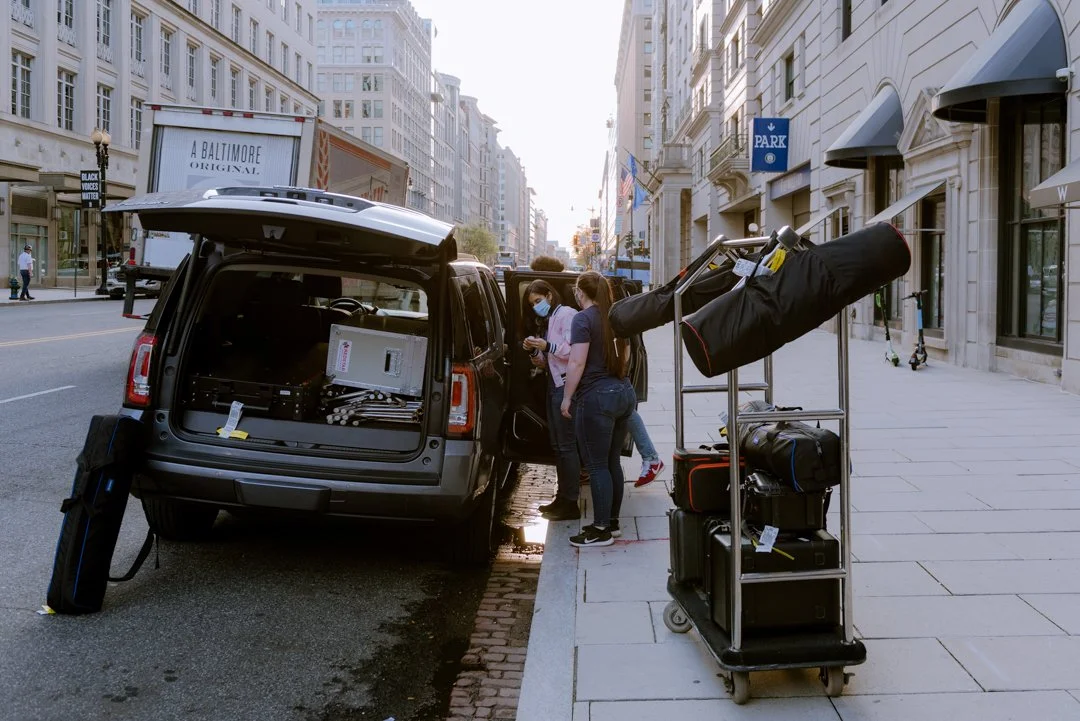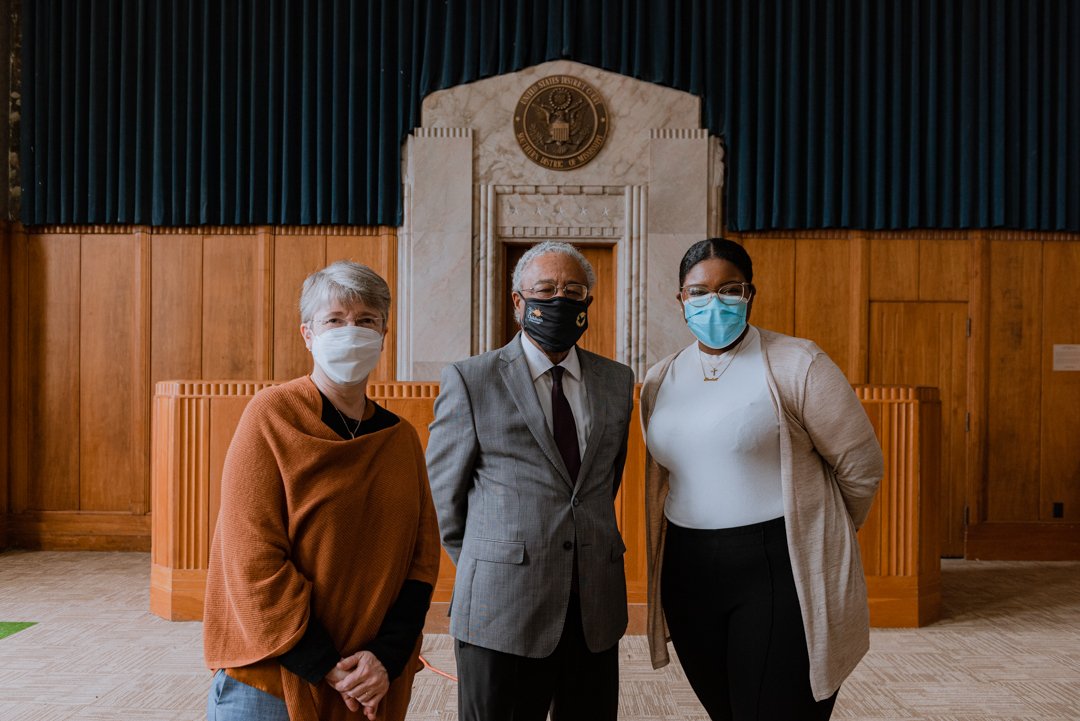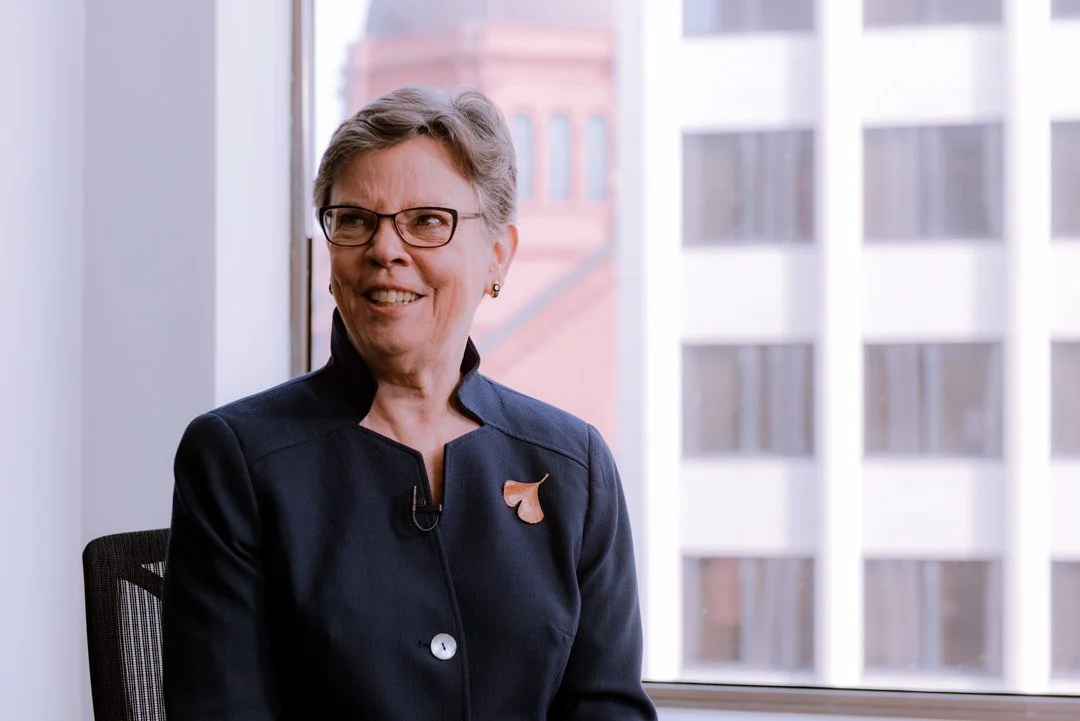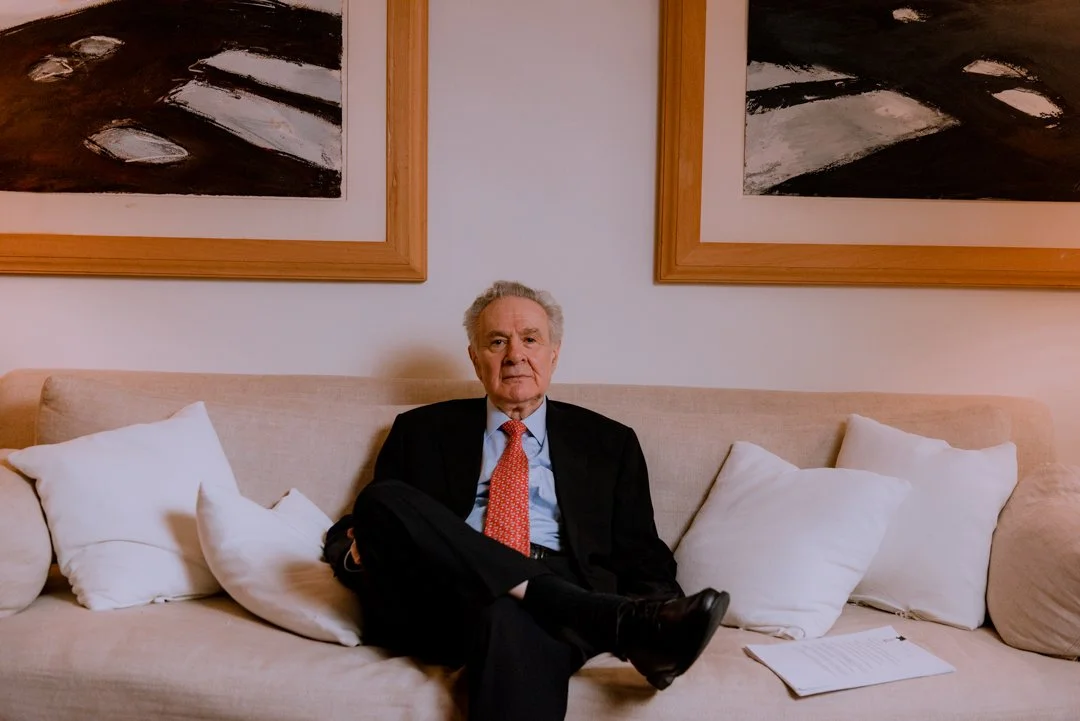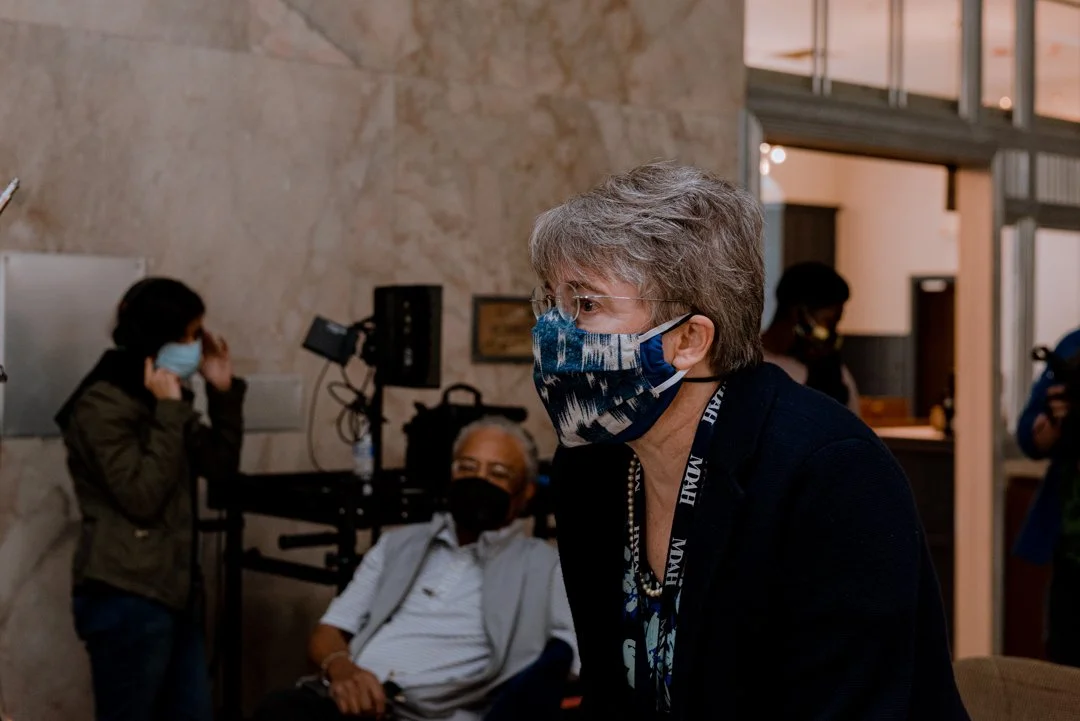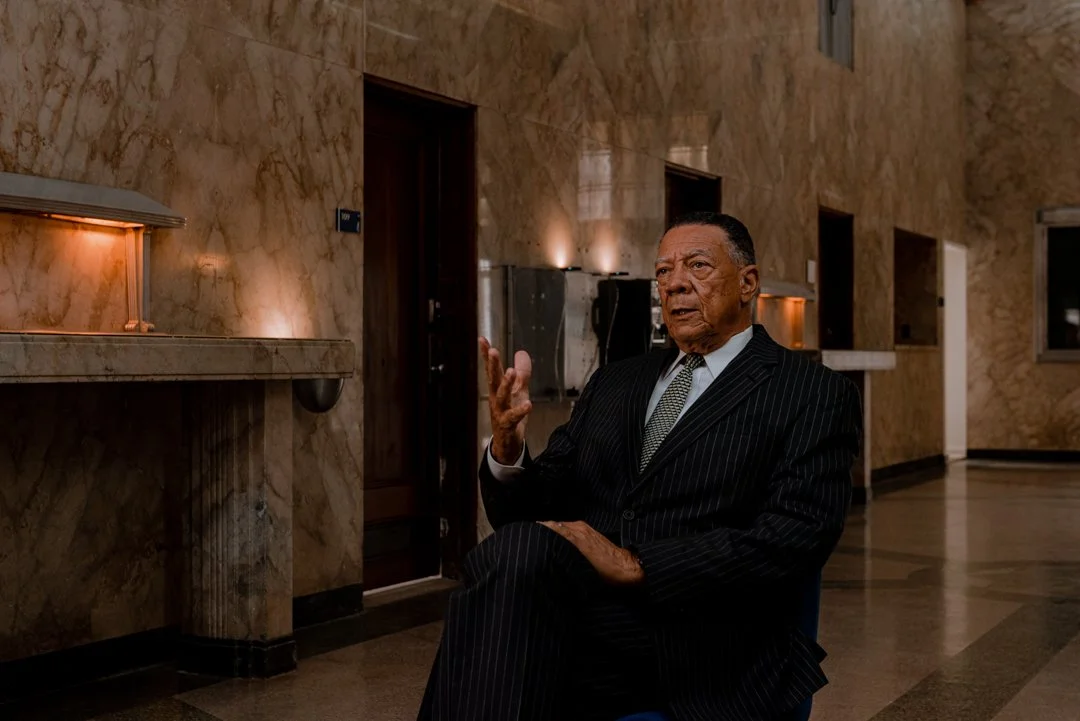Feeding The Line
(Working Title)
After a federal funding cut upends his business and the food justice work he helped build, a Mississippi filmmaker finds himself shifting from documenting a promising new program to confronting a deeper truth, where Black Mississippians continue to fight for land, food, and dignity within a structure designed to exclude them.
LOGLINE & SYNOPSIS
✱
LOGLINE & SYNOPSIS ✱
Logline
After a federal funding cut upends his business and the food justice work he helped build, a Mississippi filmmaker finds himself shifting from documenting a promising new program to confronting a deeper truth, where Black Mississippians continue to fight for land, food, and dignity within a structure designed to exclude them.
social, economic, cultural impact-- What is the purpose of the story (where does it lead to)? What does this storytelling make possible? What is in the way?
Synopsis
Feeding the Line is a hybrid documentary that follows filmmaker Roderick Red as he navigates the fallout from the sudden pause and then cancellation of the Delta Regional Food Business Centers program, a blow that forced him to pivot his company and rethink his role in Mississippi’s food justice movement. As he documents farmers, organizers, and mutual aid efforts across the state, he begins to uncover the deeper legacy of economic dispossession and resistance, drawing connections between past and present through the lens of food. Themes include everything is political.
Set against a cinematic backdrop of planting, harvesting, preparing, and sharing meals, the film blends vérité footage, archival material, and poetic narration. Inspired by The Black Tax by Andrew W. Kahrl, it explores how Black Mississippians continue to feed not just the hungry, but the long line of struggle, survival, and collective car
Characters & Subjects
-

Roderick Red
PROTAGONIST + NARRATOR
Roderick is a born and raised Jacksonian and founder and CEO of RED SQUARED. He will serve as the primary point of contact and lead the creative direction for the full project. His work spans public health campaigns, cultural storytelling, and visual strategy for civic and nonprofit partners across the South. Roderick will guide brand architecture, lead client meetings, and ensure the work stays rooted in narrative, values and place.
-

Jessica Simien Lofton
COMMUNICATIONS STRATEGIST
Jessica will shape core messaging, support content development, and lead stakeholder communications. She is a born and raised Jacksonian with degrees in Mass Communications and PR from Jackson State University and the University of Southern Mississippi. She brings over a decade of experience to the project and has led community-driven campaigns and communications for small businesses, universities, nonprofits, and economic development initiatives.
-

Andrea Reid
CHIEF PROJECT MANAGER
Andrea will manage timelines, deliverables, and daily coordination with the client team. She leads RED SQUARED’s internal project management systems and ensures seamless execution from creative concept to final delivery. She will oversee team workflow, track milestones, and support vendor coordination as needed.
-
Thabi Moyo
OPERATIONS DIRECTOR, STRATEGIC ADVISOR
Thabi brings experience in communications, coaching, and leadership and will support internal reviews, provide insight during brand development, and help align messaging with values and clarity. Thabi plays an ongoing strategic role across RED SQUARED’s partnerships.
POV, Style & Approach
Feeding the Line will feel immediate and intimate. We’ll use handheld vérité footage to stay close to the rhythm of each subject’s life, whether in a meeting, a market, or out at a farm. The style will borrow from hybrid documentary forms: combining cinéma vérité with archival collage, poetic narration, layered sound design (voices layered over maps, tax records, rural soundscapes), and interviews lit with care and intimacy. Think Hale County This Morning, This Evening meets 13th, with a dose of Descendant’s emotional texture.
The aesthetic will draw on muted natural light, earth tones, and worn textures to evoke the South’s physical and emotional landscapes. Archival footage and documents will be layered with slow pans and textured sound design while incorporating oral histories and environmental sounds from rural and urban sites.
I will use food as the cinematic throughline of the film, from the planting and growing all the way through the preparing and eating. This makes the food not just metaphor or B-roll, but the organizing language. It’s what the system extracts, what communities reclaim, and what we document as a line through time. It also gives us non-verbal storytelling space to breathe and hit emotional beats without over-narrating.
Approach 1: Personal Essay Film
The filmmaker as narrator and witness
This version places me at the center not as the hero, but as someone pulled into the story by circumstance. My pivot becomes the emotional core of the film. We use reflective voiceover, moments of stillness, and my own footage and reactions to structure the journey. The camera follows my learning process and personal reckoning, letting the audience discover the broader context through my eyes.
Key Devices:
Voiceover narration
Archival overlays connected to my voice
Moments of “turning the camera” inward (e.g. reflection, struggle, pivot)
Subtle presence: heard before seen
Approach 2: Immersive Observational Hybrid
The filmmaker as thread, not focus
This version leans into the hybrid vérité style emphasizing the people and systems around me. I’m still present, but mostly as a guide behind the camera. My arc is told through editing choices, subject juxtapositions, and structured silence. The audience pieces the story together through the lives of others: farmers, elders, organizers.
Key Devices:
Handheld vérité footage
Minimal narration, emphasis on ambient sound and interviews
Strong food visual arc (planting to eating) as emotional and structural guide
Final moments reveal the filmmaker’s role, not center it throughout
The Historical Section
Research on land ownership, land loss, means of production-- tied to issues of hunger and food insecurity
In 15 mins, I could feature MS land (how much is under whose ownership), how much land is under production, how much food is imported, what's produced here, numbers of inequity in how people access local food, what are challenges that black land ownership in MS is facing
Ending: What is role of state, federal govt in this? Role of local/national/global businesses? What is role of philanthropy?
Mood Board & Visuals
Telling this story meant spending time in archives, living rooms, and legal offices across Mississippi and the nation. From setting up interviews in historic courthouses to scouting meaningful locations tied to each attorney’s legacy, our team was fully embedded in the production. These behind-the-scenes moments capture the care, curiosity, and craft that went into bringing The Defenders to life.
Here are some refined questions I wanted to discuss, designed to help me clarify my storytelling, maximize and refine the execution of my 10–12 minute film.
Top Questions
How do I balance my personal arc with the larger systemic story in a way that feels honest and emotionally cohesive?
How can I use food visuals like planting to eating as an emotional structure without over-explaining it?
What does it look like to “turn the camera on myself” in a way that deepens the story without making it about me?
Questions
-
1. How do I balance my personal story with the broader systemic story without over-explaining or flattening either one?
→ I’m the throughline, but the story is bigger than me. Where do I lean into my voice, and where do I step back?2. What’s the emotional peak of the film and how do I earn it in under 12 minutes?
→ Is it the funding cut? A shared meal? A line I deliver in voiceover? What should feel like the climax?3. Am I doing enough (or too much) in the arc? Is there a cleaner structure I’m not seeing that would hit harder in this short format?
→ Given the Story Circle and my personal pivot, is there fat to trim or moments to linger on? -
4. How do I make the food throughline feel intentional and poetic without being repetitive or literal?
→ Is it best used as chapter markers? Background texture? A steady drumbeat of care?5. What does it look like to “turn the camera on myself” in a way that feels grounded, not performative?
→ Are there visual strategies others have used to insert themselves quietly but effectively?6. What small details (visuals, moments, sounds) can I use to build tension or grief without saying it out loud?
→ Especially in Act II, where the archival and policy trauma hits. -
7. What should my voiceover do? Should it fill in gaps, push the story forward, add poetry, or just let people sit in the moment?
→ I’m writing for pacing, tone, and trust. What role does your voice play?8. What’s the right tone to strike in the ending? Should it be hopeful, resolved, exhausted, resilient?
→ What do I want the audience to feel when the screen goes black? -
9. Who is this film for and how should that shape what gets left in or cut?
→ Community members? Policy folks? Funders? My future self?10. What are strategies for making this short film a springboard for bigger work (screenings, campaigns, feature doc)?
→ I’m building a narrative and a platform. What seeds can I plant now?

